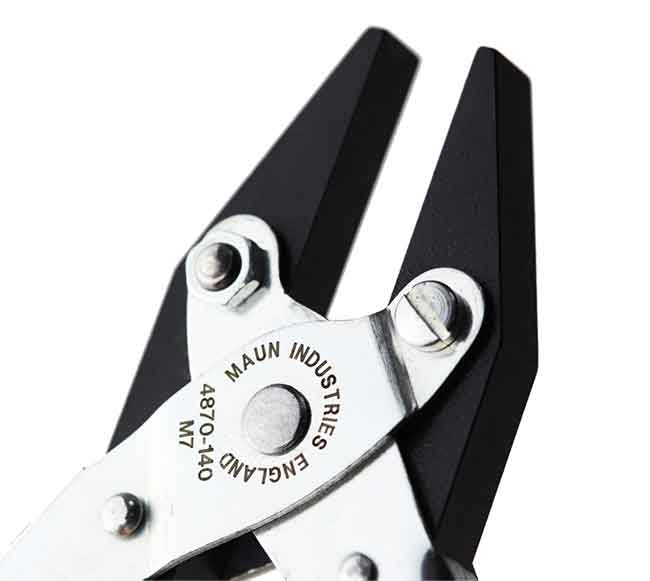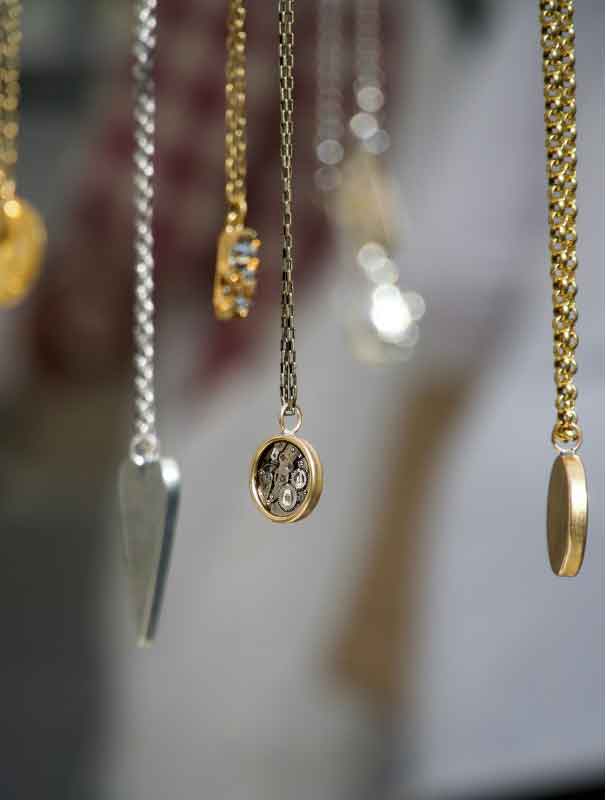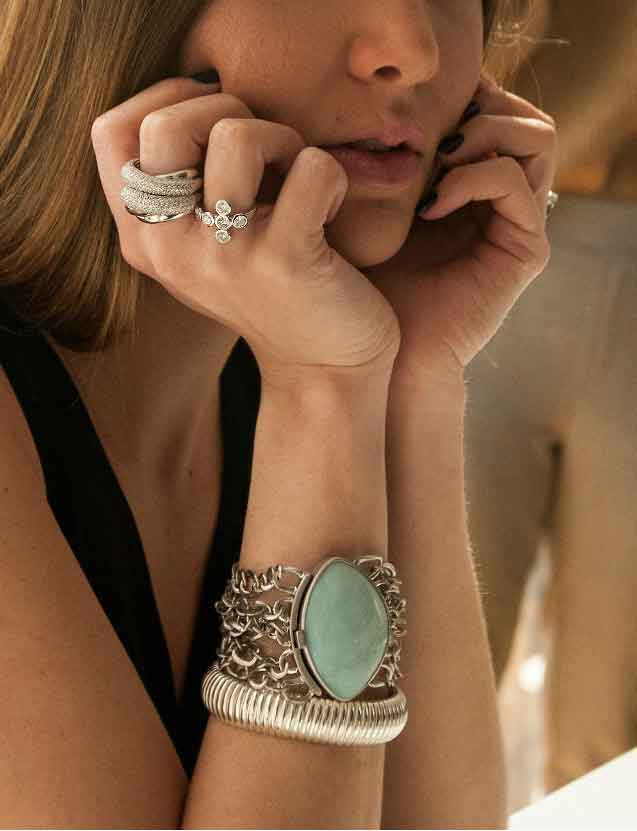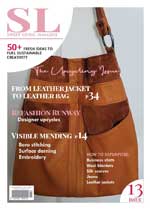
Starting out in homemade jewelry making is both exciting and empowering.
Whether you plan to craft delicate earrings or bold statement necklaces, having the right tools can transform your ideas into reality.
This guide explores key instruments essential for bringing your designs to life while also highlighting techniques and nuances that distinguish amateur work from professional craftsmanship.
Precision Pliers: The Bedrock of Quality Workmanship

Every skilled jewelry maker’s toolkit begins with precision pliers.
These versatile instruments are vital for tasks like bending wire, opening jump rings, and securing clasps.
The true value of pliers lies not just in their basic functions but in how they enable precise control over minute adjustments—crucial when working with high-gauge wires or delicate materials.
- Round-nose pliers: Create uniform curvature for intricate designs like wire wrapping.
- Chain-nose pliers: Tapered tips for securely gripping small components without slippage.
- Dual-handed technique: Use two pairs of pliers simultaneously for better control and reduced stress on materials.
Maun did a great post on the essential pliers for jewelry beginners, which also takes into account the soft-jaw pliers needed for working with more delicate materials.
Takeaway: Precision pliers do more than bend wire—they enable the artistry and control needed for detailed, professional-quality work.
High-Quality Wire Cutters: Sharpness You Can Trust

Wire cutters are essential in jewelry making. A clean, precise cut not only saves time but also enhances the look of your jewelry.
However, the importance of cutters extends beyond just sharpness; it’s about the quality of the cut concerning the specific type of wire used.
- Dedicated memory wire cutters: Prevent damaging the blades when cutting memory wire.
- Flush cutters: Ensure the cut edge lies flat, reducing the risk of sharp protrusions.
- Beveled cut edges: Achieved by angling cutters, ideal for tight, clean wraps.
Takeaway: Choosing the right cutter ensures not just sharpness, but also finesse in execution and a flawless finish.
Bead Mats: The Key to Speed and Organization

Bead mats may seem trivial, but they are vital for keeping your workspace organized.
They prevent beads from rolling away and keep small components in place, streamlining the creative process.
Their value goes beyond simple organization—bead mats contribute to both efficiency and creativity by providing an environment where ideas can flow uninterrupted.
- Color-coded mats: Separate different types of beads or materials for easy visualization.
- Multiple mats: Dedicate each to a specific phase of assembly.
- High-quality texture: Slight nap keeps beads from bouncing away while allowing easy manipulation.
Takeaway: A bead mat isn’t just about organization—it’s a foundational tool that enhances both creativity and workflow efficiency.
Magnifying Lamp: Clarity for the Finest Details

Jewelry making often involves working with tiny components that strain the eyes.
A magnifying lamp provides both illumination and magnification, helping you catch every detail with precision, also important when working with gems.
But beyond simply reducing eye strain, a well-chosen magnifying lamp becomes an extension of your craftsmanship, offering the clarity needed to work with complex techniques like micro soldering or prong setting.
- Micro-adjustments: Allows for precision in setting small stones with minimal errors.
- Adjustable color temperatures: Simulate different lighting conditions to ensure flawless results.
- Revealing flaws: Detects hairline cracks or inconsistencies invisible to the naked eye.
Takeaway: A magnifying lamp is not just about seeing better—it’s about ensuring the precision required for top-tier craftsmanship.
Jeweler’s Files: Smoothing the Rough Edges
Even the cleanest cut wire or metal edge can have rough spots.
Jeweler’s files come to the rescue by smoothing these edges, ensuring your pieces are comfortable to wear and polished in appearance.
Expert jewelers understand that not all files are created equal, and choosing the right file for the job can significantly elevate the quality of your work.
- Fine-grit files: Ideal for soft metals like gold or silver to prevent over-removal of material.
- Coarse files: Suitable for harder metals like stainless steel to speed up the process.
- Varied shapes: Half-round, flat, and triangular files cater to different finishing needs.
- Progressive filing: Using a series of files with increasingly finer grits ensures a smooth, polished finish.
Takeaway: Jeweler’s files are not just for smoothing edges—they are precision tools that refine your work to a professional standard.
The Key to Your Success Lies in the Details
These tools might seem simple, but each plays a crucial role in elevating your craft.
As you continue on this creative path, the right equipment not only makes the process smoother but also inspires confidence in every piece you make.
With these essentials at your fingertips, you’re well on your way to creating jewelry that doesn’t just sparkle—it shines with quality.
Remember: The tools you choose today are the foundation of your jewelry tomorrow.
 My Favourites
My Favourites









Speak Your Mind